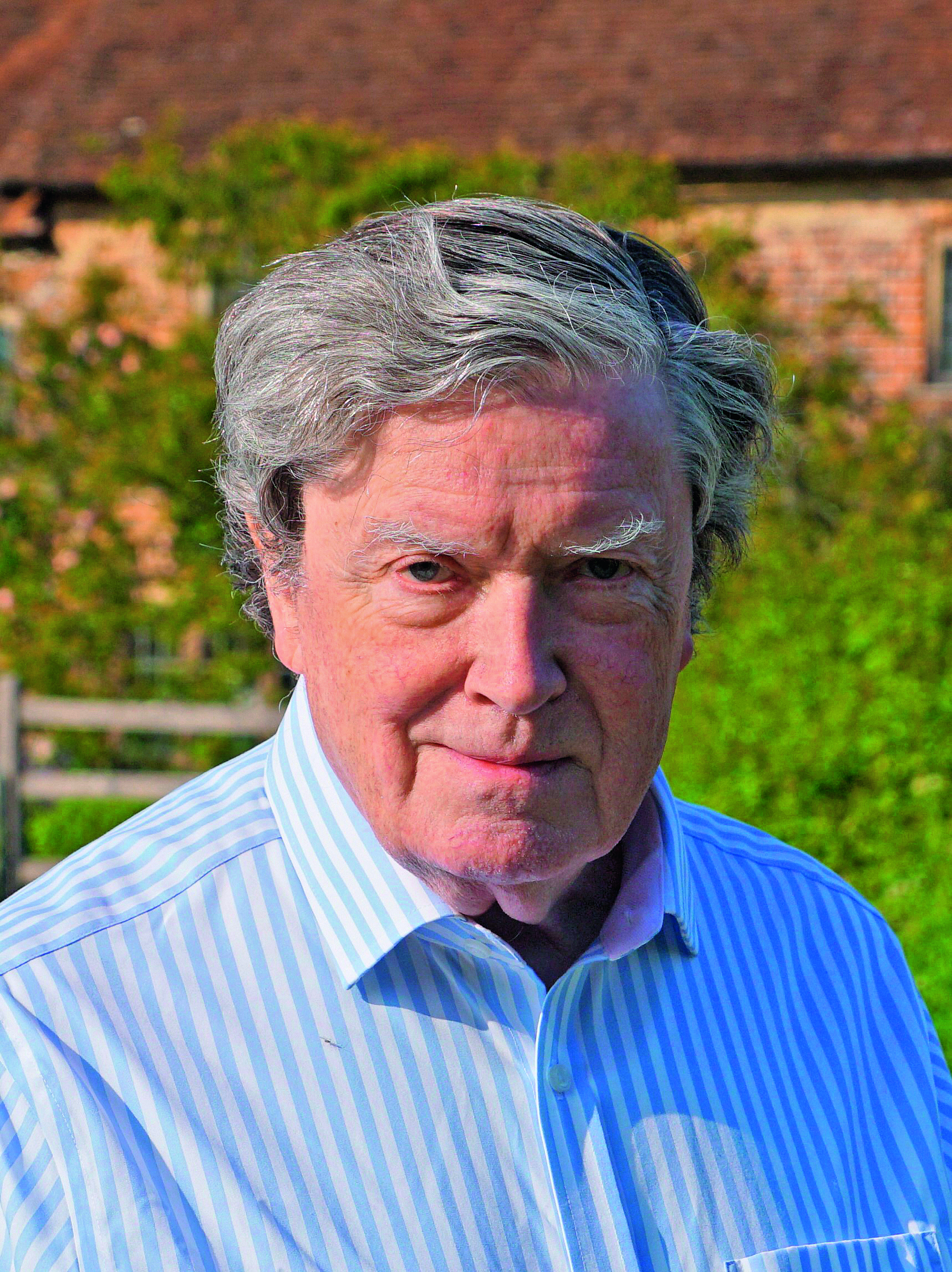Curious Questions: Why is there no such thing as a truly blue rose? And will we ever have one?
Breeding a blue rose has long been the Holy Grail for plant breeders everywhere. Charles Quest-Ritson, author of the RHS Encyclopedia of Roses, explains why it's proven so elusive.
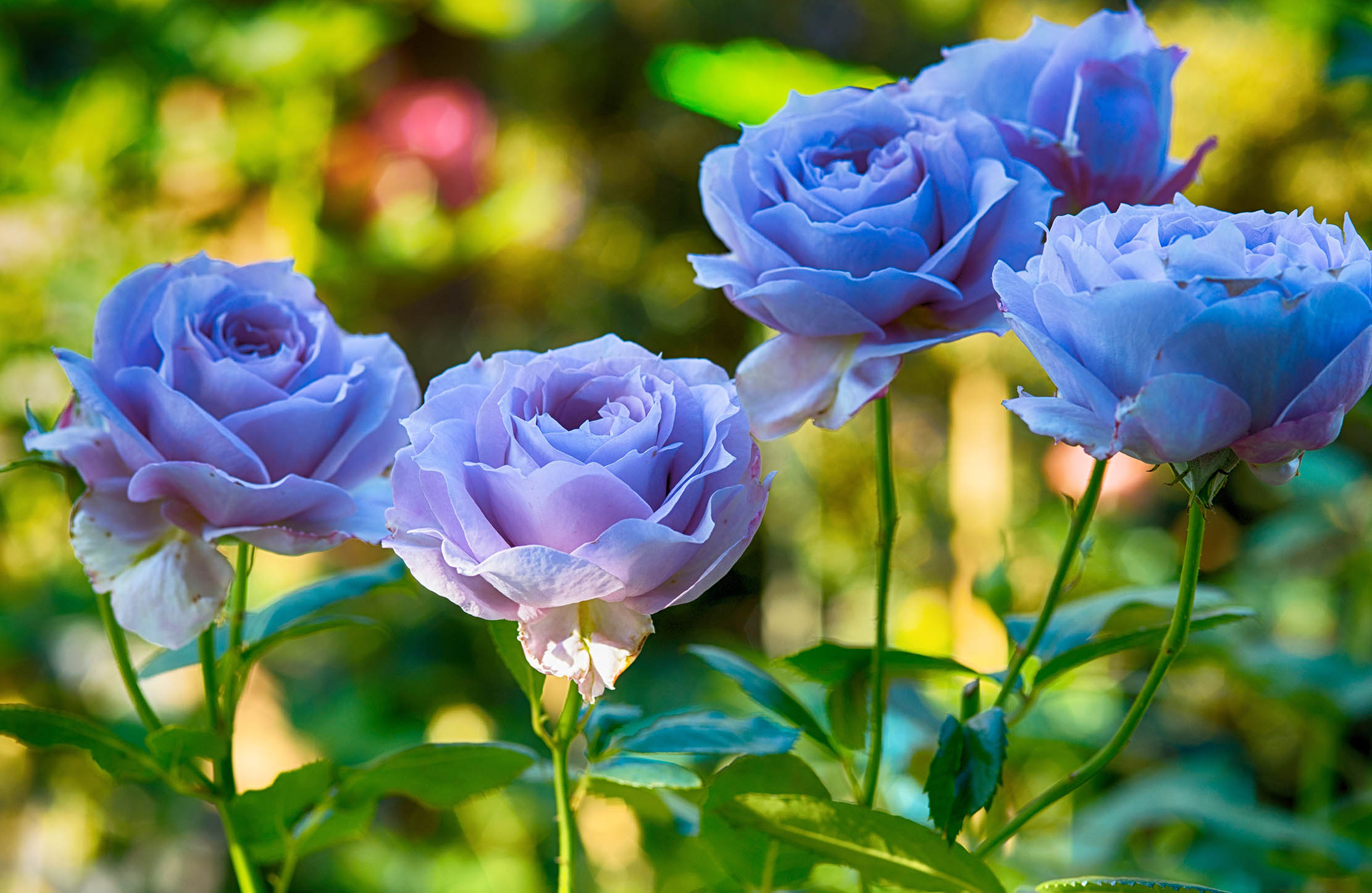

Ask a group of rose lovers what they feel about a blue rose and most of them say ‘it will never happen’. Press them to say whether they’d welcome one and most reply in the negative. Then, they babble about blue being unnatural and retaliate with some sort of circular argument such as ‘who would want one anyway?’.
Well, I would, for starters. I would love to have such roses in my garden. Blue is the only colour that roses lack. The Victorians longed for a bright-yellow rose (the first, Soleil d’Or, came out in 1900), so why do we say ‘yuck’ when blue roses are mentioned?
The possibilities are enormous. Imagine gentian-blue Floribundas in flower throughout the summer and autumn. They would revolutionise our gardens, as did Soleil d’Or, which is the ancestor of every yellow or orange rose in our garden today. Bring on the blues, say I.
True-blue pigments don’t exist naturally in the genus Rosa. There are lots of good purples among the old roses (Gallicas especially) and hundreds of excellent mauves and lilacs were introduced in the 1950s and 1960s (think of Sterling Silver, Lavender Dream and Lilac Charm) as the unexpected result of breeding for vigour. Rhapsody in Blue, a vigorous shrub with smoky-purple flowers, is one of the most popular of modern roses, but it’s not the sort of blue we’re looking for.
The truth is that the only way to get clear blues into our roses is by doing a bit of genetic modification in the lab, which is the sort of innovation that many people disapprove of, quite forgetting that the story of all plant-breeding is a history of genetic improvement.
The potential rewards for introducing the first true-blue rose are enormous, probably exceeding £100 million and it requires the sort of research and development that many ambitious biologists enjoy. In fact, plant-breeding scientists in Australia and Japan have already introduced the genes for pure blue into the chromosomes of Hybrid Teas and Floribundas. The trouble is that the blue genes don’t yet express themselves as cornflower blue in roses, just dark mauve or purple again. More research is needed and more investment.
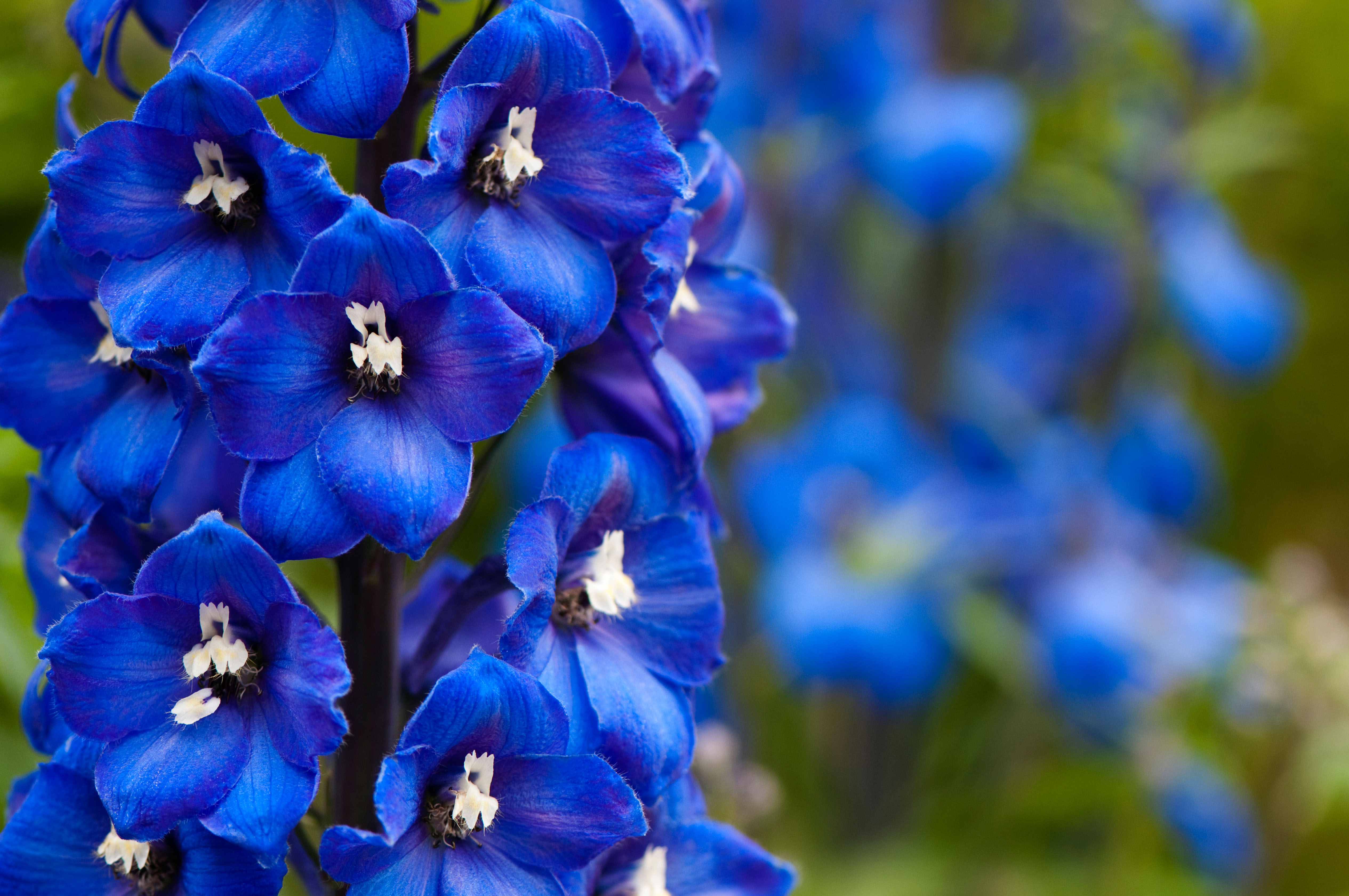
What exactly is the problem? There are several technical snags that seem, as yet, insoluble.
Exquisite houses, the beauty of Nature, and how to get the most from your life, straight to your inbox.
The source of blueness is an anthocyanidin called delphinidin. It’s common enough in the plant world, but it is also an indicator of pH and operates like litmus paper. Delphinidin occurs in cranberries, which, if they weren’t so acid, would not be red, but blue.
The trouble is that the cells of rose petals are naturally acid, so the delphinidin turns a muddy mauve. To be sure of a gentian-blue rose, the scientists need to choose another source of blue colouring or create a rose whose whole metabolism is alkaline — which is asking a lot of them.
There’s another problem, which is that scientists will also have to block the other determinants of colour within the roses. Pink is the predominant colour among roses, but it combines with blue to give mauve. Experiments have been made with genes present in iris species to prevent the roses from expressing their pre-existing colours, but with only limited success. One idea was to insert delphinidin into a white rose that had no trace of pink in its make-up, but that didn’t work either. Don’t ask me why.
Work on producing true-blue roses has been a major concern for some 30 years now. The leading firm is a Japanese-Australian enterprise that forms part of the Suntory empire. After about 20 fruitless years, it finally introduced a ‘blue’ rose called Applause in 2010 and managed to sell it at about $30 (£24) per stem.
Yes — that was the price per stem.
I’ve never seen it and I can’t imagine just who would spend so much on just one rose, not least because the photographs that Suntory sent out to journalists seemed to me as mauve as all those beauties from the 1950s and 1960s. Don’t rush to buy it: it’s not for sale in the UK.
I hope the research will continue. Suntory is nothing if not innovative. The fame of success is an alluring prospect and so are the potential rewards. When, eventually, scientists manage to breed brilliant-blue roses, as blue as delphiniums and gentians, I shall be among the first to buy a plant. Or perhaps two — but that depends upon the price.
Charles Quest-Ritson wrote the RHS Encyclopedia of Roses.
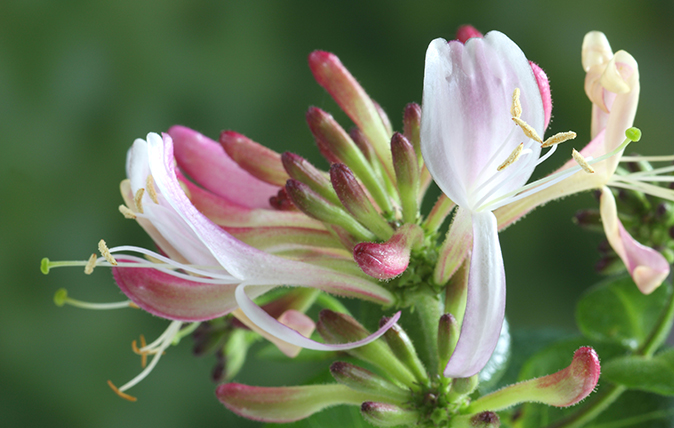
The best honeysuckle to grow in your garden – especially if they’re gifts from now-departed friends
Charles Quest-Ritson extols the virtues of delightful honeysuckle.
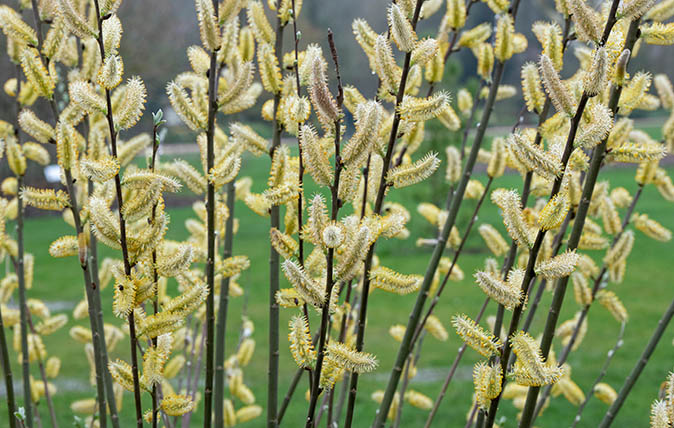
What to plant if you're thinking of putting a willow in your garden
Charles Quest-Ritson offers advice on this incredibly vibrant plant.
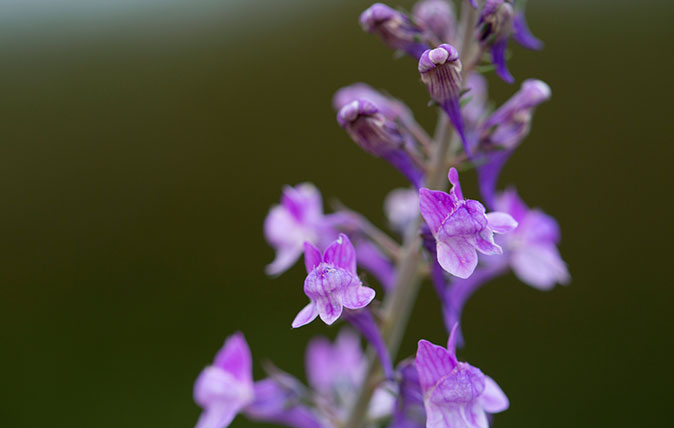
Credit: Alamy
The daftest plant name in English, and how it belongs to a wonderful flower just starting to show its potential
There are a lot of silly names for flowers our there – and Charles Quest-Ritson has a chilling warning for those
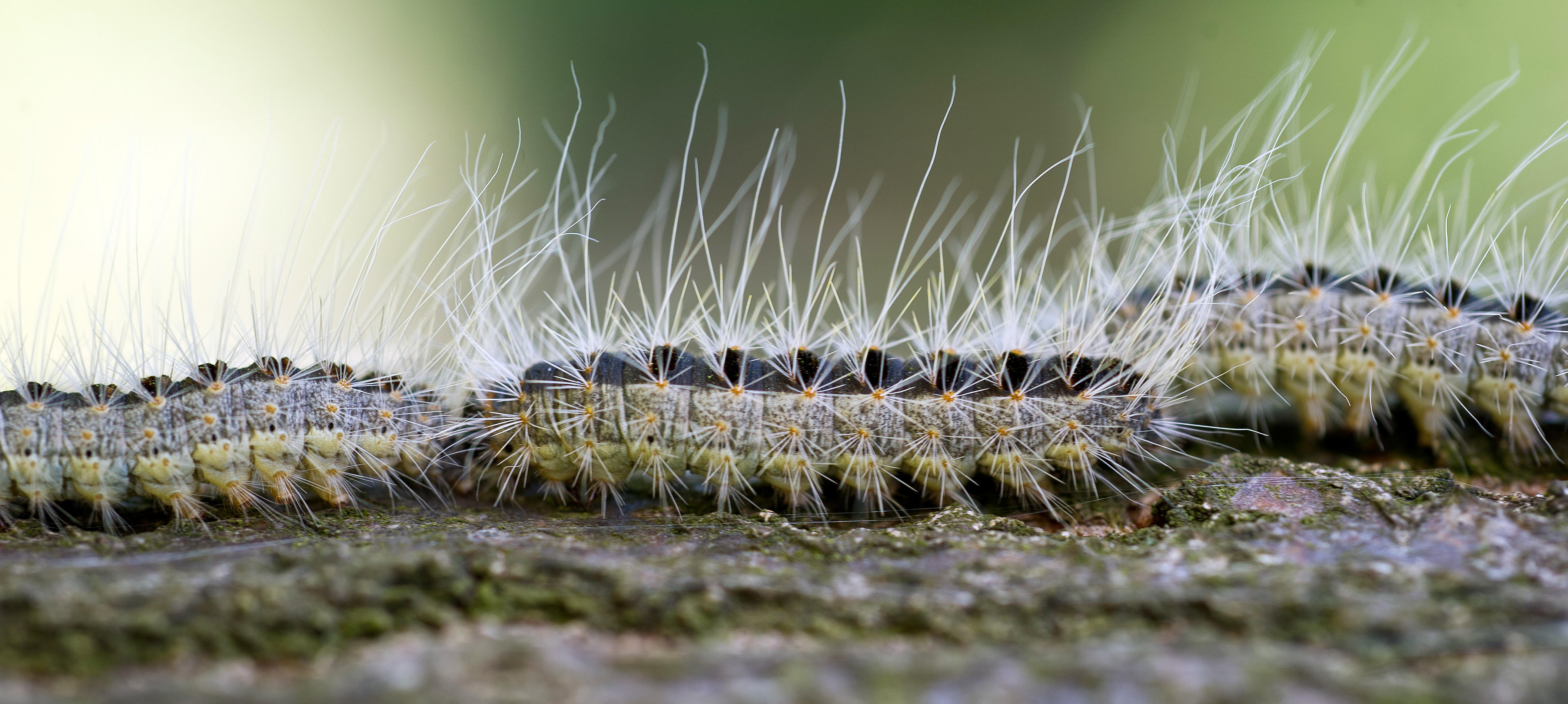
Brace yourself for the new invasive pests, from to oak-munching caterpillars to Asiatic hornets
Charles Quest-Ritson takes aim at the foreign invaders who seem set to ravage our gardens.
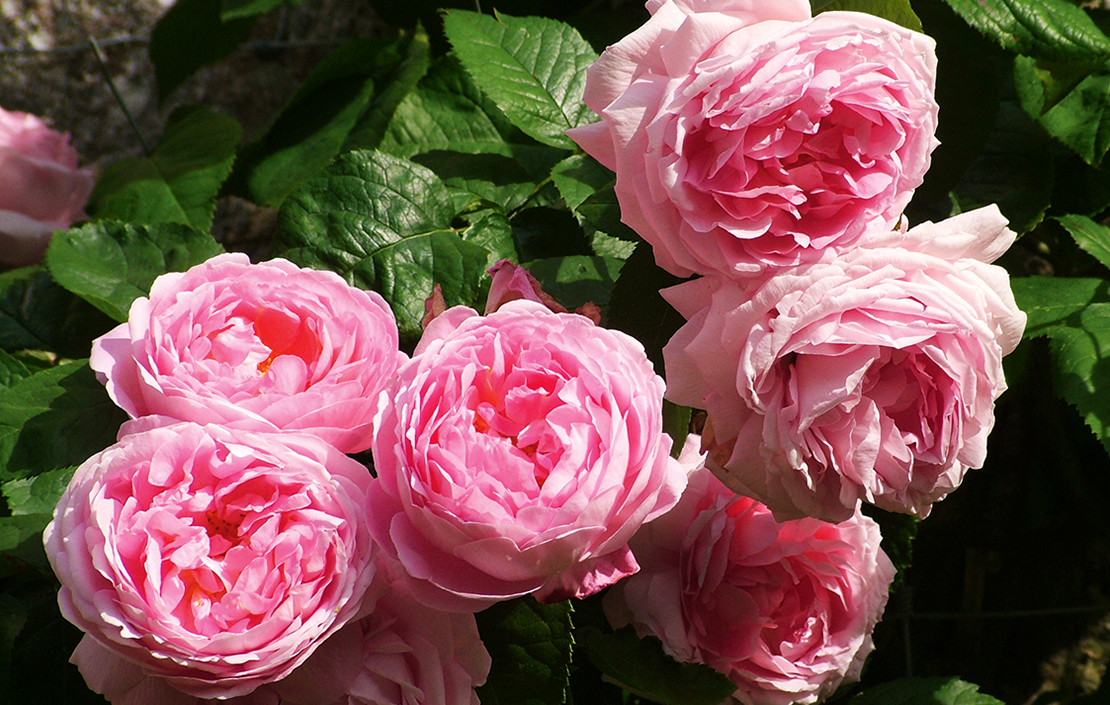
David Austin, Britain's late, great king of roses: The man who brought about 'a revolution in taste, expectations and how we garden'
Charles Quest-Ritson pays tribute to David Austin, the rose breeder and entrepreneur who passed away at the end of last
Charles Quest-Ritson is a historian and writer about plants and gardens. His books include The English Garden: A Social History; Gardens of Europe; and Ninfa: The Most Romantic Garden in the World. He is a great enthusiast for roses — he wrote the RHS Encyclopedia of Roses jointly with his wife Brigid and spent five years writing his definitive Climbing Roses of the World (descriptions of 1,6oo varieties!). Food is another passion: he was the first Englishman to qualify as an olive oil taster in accordance with EU norms. He has lectured in five languages and in all six continents except Antarctica, where he missed his chance when his son-in-law was Governor of the Falkland Islands.
